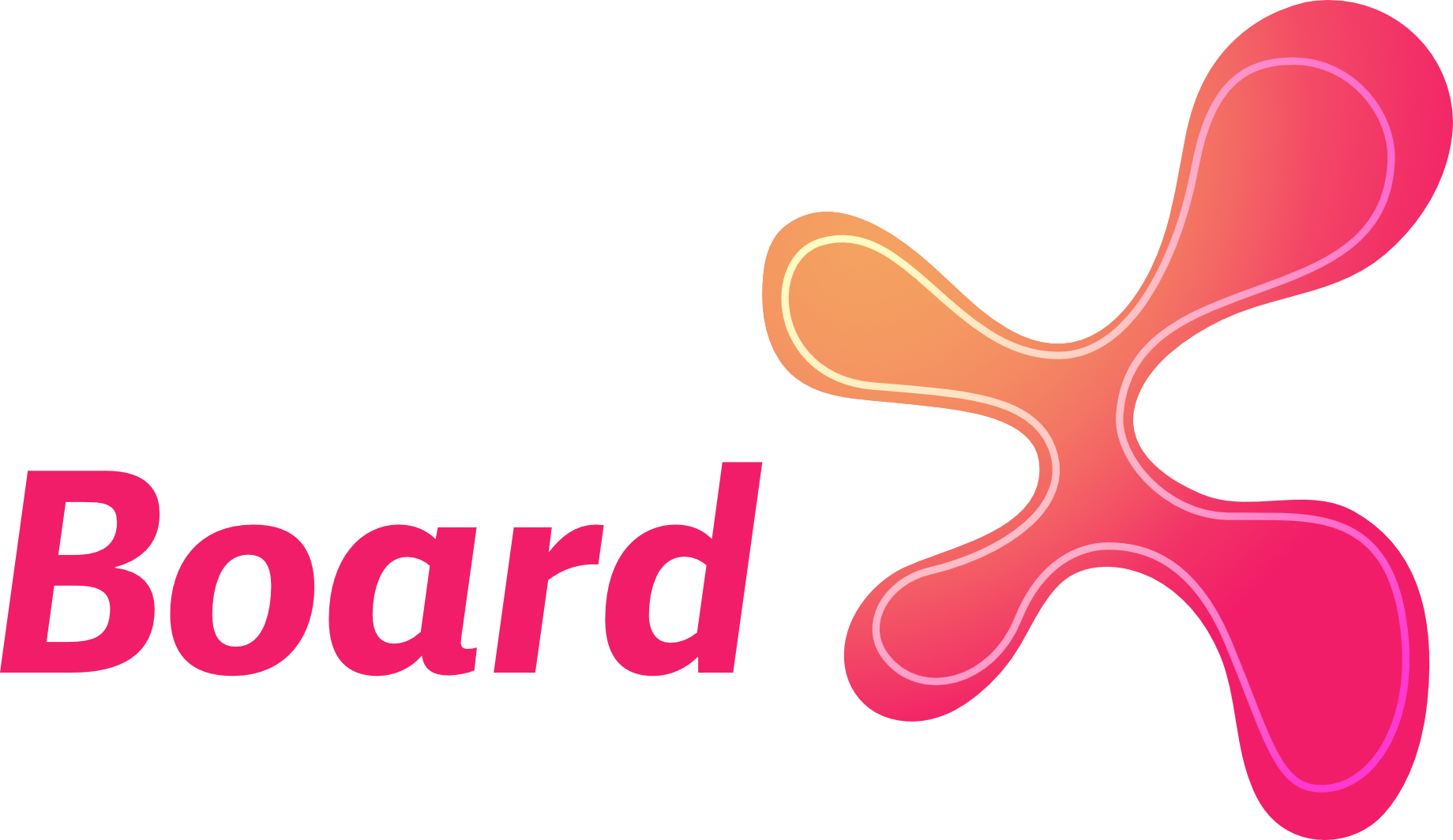BoardX DTDT Workshop Process

What is A DTDT Workshop? Read the Article Below.
BoardX DTDT Workshop
Introduction: The BoardX Digital Transformation and Design Thinking (DTDT) Workshop is an innovative and immersive program designed to equip participants with the skills and knowledge necessary to solve real-world problems through digital collaboration and design thinking. Utilizing the BoardX platf…



- Expert Interviews - Gain insights from people with deep knowledge of the subject.
- Secondary Research - Collect existing data and information to build upon.
- Stakeholder Map - Identify all the stakeholders involved in or affected by the project.
- Journey Map - Visualize a user’s experience from start to finish.


- Affinity Diagrams - Organize ideas and data into themes and patterns.
- POEMS Framework - Analyze People, Objects, Environments, Messages, and Services.
- Empathy Map - Capture and understand the user’s feelings, thoughts, and behaviors.
- Insight Statements - Summarize key insights derived from observation and research.


- Sketching - Create quick, simple drawings to explore ideas.
- Experience Prototype - Simulate the experience of a service or product.
- Role-Playing - Act out scenarios to understand how users might interact with your solution.
- Video Prototyping - Create short videos to demonstrate ideas and gather feedback.

- User Testing - Gather feedback from real users interacting with your prototype.
- Think-Aloud Testing - Have users verbalize their thoughts while using the prototype.
- Surveys - Collect quantitative data from a larger audience.
- Feedback Capture Grid - Organize feedback into categories like positives, negatives, questions, and ideas.


Comments ()